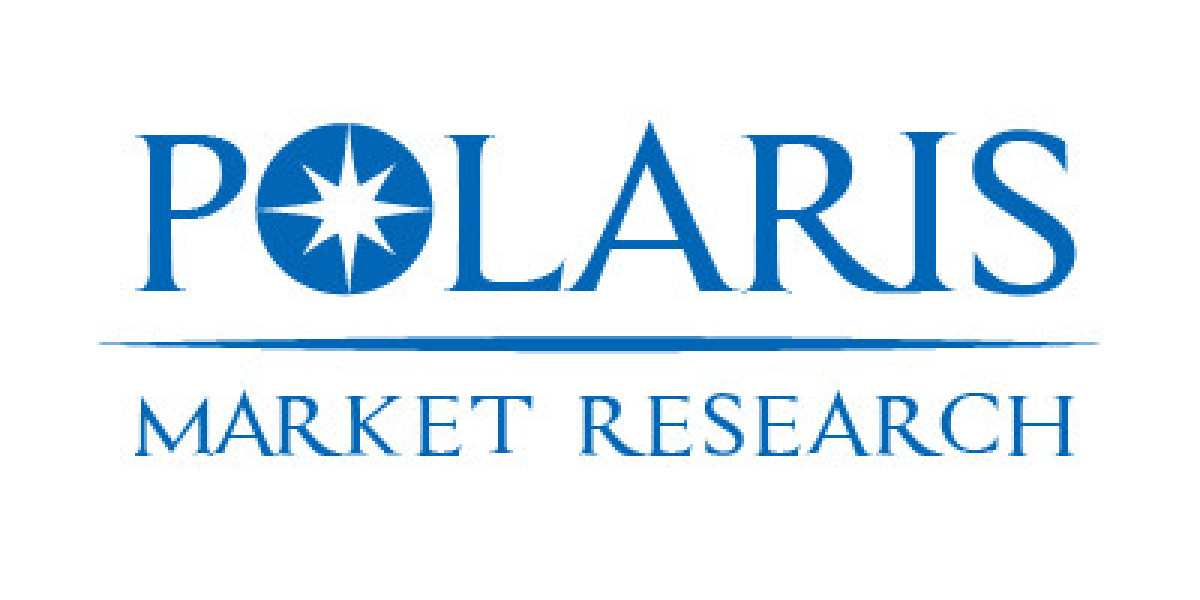Market overview
The global printing inks market size was valued at USD 22.19 billion in 2024, exhibiting a CAGR of 7.6% from 2025 to 2034.
The printing inks market encompasses a wide range of products used across commercial printing, packaging, publishing, functional printing (like security and conductive inks), and specialty decorative markets. Formulation types include solvent-based inks, water-based inks, UV/EB curable inks, flexographic inks, gravure inks, offset inks, and digital inks (including aqueous piezo, dye- and pigment-based inks, and UV-curable jettable formulations). Recent years have seen particularly strong growth in inks for flexible packaging, labels, folding cartons and digital print solutions used in short-run and personalized packaging.
Market scope —
- Product segmentation: The market spans conventional inks (solvent and water-based), radiation-curable inks (UV/EB), and digital inks (aqueous, solvent, oil-based for digital presses). Each segment addresses distinct print processes and end-use requirements.
- End-use industries: Major demand drivers are packaging (flexible, rigid, labels), commercial printing, textiles, and functional printing (electronics, ceramics, security). Packaging remains the largest and fastest-growing end-use because of e-commerce and retail packaging trends.
- Geography and channel: Global manufacturers serve converters, brand owners and print service providers via direct sales, distributors and integrated supply agreements; regional regulatory regimes and substrate availability influence local product mixes.
- Sustainability & innovation: Reformulation for recyclability, food-contact safety, and low environmental impact is now a product development priority across the industry.
Key market growth drivers
- Packaging expansion and e-commerce: Growth in food & beverage, personal care and e-commerce sectors drives demand for high-quality, visually appealing packaging. Shorter product cycles and frequent SKU introductions increase the need for flexible and digital printing solutions.
- Digital printing adoption: Digital print technologies continue to penetrate label, carton and flexible packaging markets due to their advantages for short runs, variable data printing and rapid turnaround. This fuels demand for specialized digital inks and OEM partnerships.
- Regulatory and brand sustainability goals: Brands and regulators are accelerating the shift to low-VOC, food-safe and recyclable ink systems. Demand for water-based and UV/EB curable inks that support circular packaging solutions is rising.
- Specialty applications and value-added inks: Security printing, conductive inks for printed electronics, and decorative effects (metallics, pearlescents, tactile coatings) create higher-margin opportunities and encourage R&D investment.
Market challenges
- Raw material price volatility: Pigments, resins, solvents and specialty additives are subject to commodity price swings and supply constraints, squeezing margins and complicating pricing for ink producers and printers.
- Regulatory complexity and compliance costs: Food contact approvals, VOC limits and chemical restrictions vary by region and change frequently, raising formulation costs and lengthening time-to-market for new products.
- Substrate and recycling compatibility: As packaging recycling systems evolve, inks must be engineered to be compatible with recycling streams (e.g., repulping for paper, deinking for cartons, compatibility with mono-polymer recycling), which is technically challenging and sometimes costly.
- Capital intensity and technology shift: Migration to digital and UV/EB platforms requires printers to invest in new equipment and inks. Smaller converters may be slow to adopt, creating fragmented demand and pressuring manufacturers to support multiple legacy and new platforms.
Regional analysis
- Asia-Pacific: The largest regional market in terms of volume and rising fastest in value, driven by packaging growth in China, India and Southeast Asia, rising urbanization, and expanding manufacturing. Demand for flexible packaging and labels is particularly strong.
- North America: A mature market with steady demand for high-quality packaging inks, specialty digital formats and a focus on sustainable formulations. Large brand owners and converters push for innovations that enable recyclability and compliance.
- Europe: Regulatory leadership and aggressive sustainability goals make Europe a hotspot for low-VOC, food-safe and recycle-compatible inks. Demand in the region is driven by premium packaging, labels and high environmental standards.
- Latin America: Growing e-commerce and packaged goods markets are expanding ink demand, but economic variability and import dependence can affect growth trajectories.
- Middle East & Africa: Infrastructure investment and rising retail consumption create pockets of demand; however, growth is uneven and often linked to broader macroeconomic factors.
Browse Full Insights:
https://www.polarismarketresearch.com/industry-analysis/printing-inks-market
Key companies
- Flint Group
- T&K TOKA Corporation
- Dainichiseika Color & Chemicals Mfg. Co., Ltd.
- DIC Corporation
- Epple Druckfarben AG
- Sakata Inx Corporation
- DEERS I CO., Ltd.
- Hubergroup
- TOKYO PRINTING INK MFG CO., LTD.
- TOYO INK SC HOLDINGS CO., LTD.
- Siegwerk Druckfarben AG & Co. KGaA
Opportunities and strategic outlook
Manufacturers and formulators that prioritize sustainable, recyclable-compatible ink systems, and that build strong partnerships with digital press OEMs and converters, are best placed to capture growth. Investments in low-emission chemistries, food-contact expertise, and supply-chain resilience will be differentiating factors. Additionally, growth in printed electronics and security inks provides attractive niche opportunities for companies prepared to invest in specialty chemistries and testing capabilities.
Conclusion
The Printing Inks stands at an inflection point where traditional volume markets intersect with rapid innovation in digital print and sustainability requirements. While raw material pressures and regulatory complexity present short-term headwinds, long-term demand fundamentals — driven by packaging growth, e-commerce, and the need for high-quality, recyclable print solutions — point to continued expansion. Stakeholders that combine technical innovation, regulatory foresight, and close collaboration with brands and converters will lead the next chapter of market growth.
More Trending Latest Reports By Polaris Market Research:
Instrument Transformers Market
Acoustic Breathing Sensor Market
Internet of Behaviors Market: The Future Trend
Acoustic Breathing Sensor Market
Healthcare Payer Services Market
Mobile Virtual Network Operator (MVNO) Market
Popping the Versatility of the Poppy Seeds Market
Sustainable Pharmaceutical Packaging Market







